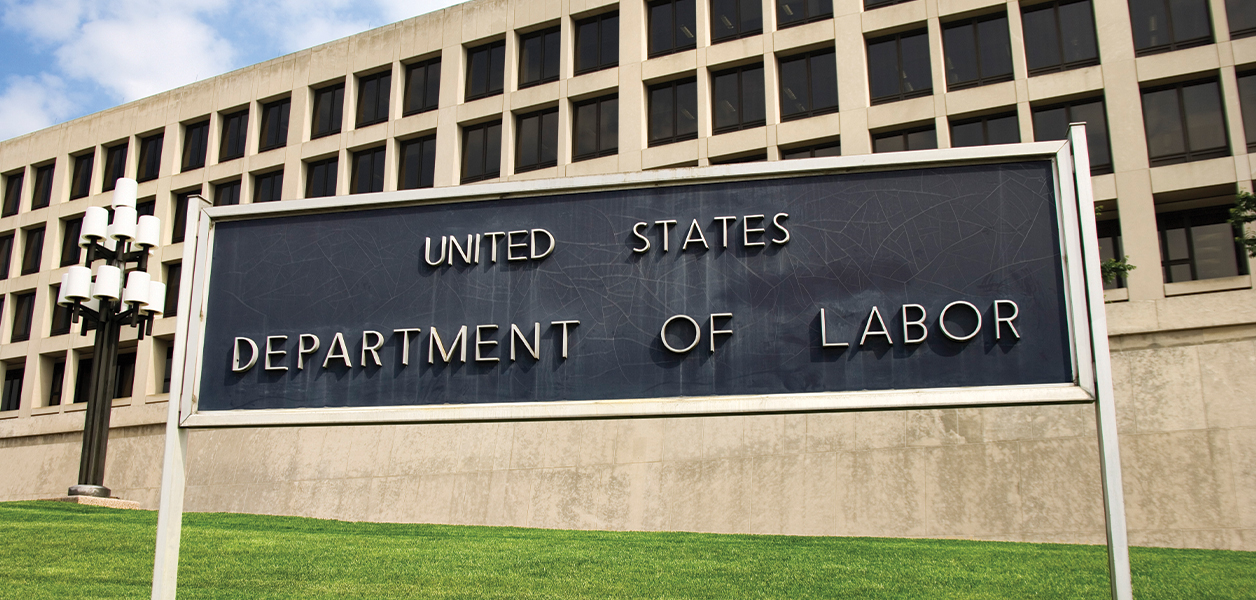Gov. J.B. Pritzker (D-Ill.) has signed into state law a new regulation that sets the maximum retainage clients can withhold from contractor payments on private projects, according to www.constructiondive.com. The change, which took effect Aug. 20, is expected to help many general contractors and subcontractors receive bigger checks earlier during the project timeline.
The new law forbids customers from withholding more than 10% retainage from contractor payments and requires retainage to be reduced to 5% once the contractor has completed 50% of the contract. The change applies to all construction contracts.
Twenty states have enacted legislation that caps private contract retainage at 10% or less. New Mexico law prohibits any retainage from being withheld from a construction contract.
Retaining 10% of contractor payment—and often, reducing that amount to 5%—is standard operating procedure in the commercial construction industry. However, many clients choose to reduce the retainage amount to 5% when the job is closer to substantial completion rather than 50% complete.
Chuck Taylor, director of operations for Englewood Construction, Lemont, Ill., says 10% is the typical amount of retainage it holds out of subcontractor payments and reflects the same amount owners withhold from Englewood Construction. He said his company might hold retainage a little longer if it hasn’t received important subcontract paperwork or closeout-related documents.
However, Taylor says it doesn't benefit Englewood Construction to hold retainage because paying subcontractors as quickly as possible helps build a productive, long-term relationship.
“We have lost subcontractors simply because of the client’s slow pay or drawing out [of] closeout,” he says.
Attorney David Nightingale, principal with law firm Much Shelist in Chicago, said the legislation could be considered a codification of what already is standard industry practice. He says it should provide some relief because general contractors and subcontractors will be able to pay their bills a little sooner with the extra 5%.





